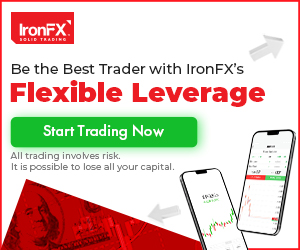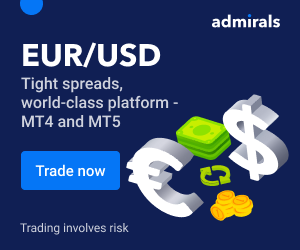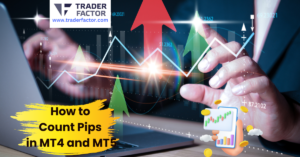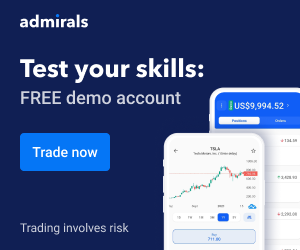Are you looking to make the most out of your cryptocurrency investments? Leverage crypto trading might be the answer you’ve been searching for. With leverage trading, you can amplify your profits by borrowing funds to increase your buying power.
This means that even small price movements in the market can result in significant gains. However, it’s important to remember that leverage trading also comes with increased risk.
Whether you are a seasoned crypto trader or new to the world of cryptocurrency, leveraging can be an effective way to grow your forex trade.
By understanding the ins and outs of leverage trading, you can make informed decisions that will help you achieve your financial goals.
In this blog post, we’ll explore what leverage trading is, how it works, and some tips for maximising your profits while minimising risks.
Understanding The Basics Of Leverage Trading And How It Differs From Traditional Trading

Leverage trading (margin trading) has become increasingly popular among forex traders. But what exactly is leverage trading, and how does it differ from traditional trading?
Let’s look at the key differences between these two types of trading and why leverage trading is becoming more popular among forex traders.
The biggest difference between leveraged and traditional trading is that leverage gives you access to a much larger market than if you were just investing your capital. This allows you to diversify your portfolio and maximise returns in the long run.

Additionally, leveraged trades are often much faster than traditional trades because they can be executed almost instantaneously. This means you don’t have to wait for days or weeks for a trade to settle like traditional trades.
Another difference between leveraged and traditional trading is the cost associated with each type of trade. The cost is usually much lower with leveraged trades than with traditional trades.
This is because you are only paying interest on the margin being used rather than the full value of the position taken on.
Examining The Different Types Of Leverage Trading Available In The Crypto Market

Leverage trading is a popular strategy for cryptocurrency traders seeking to potentially profit. However, it is important to understand the different types of leverage available and their associated risks to make informed decisions when trading. Here are the different types of leverage available for crypto traders;
Margin Trading
Margin trading is the most prevalent type of leverage in crypto trading. Margin trading allows traders to borrow funds from a broker or crypto exchange in order to improve their trading power. Margin is borrowed money that serves as collateral for the trader’s position.
Traders can leverage their positions up to a particular level, which is commonly indicated as a ratio of 2:1 or 10:1.
For example, if a trader deposits $1,000 and employs 2:1 leverage, they can open a $2,000 stake. The borrowed money is subject to interest, which the trader must repay over time. Margin trading allows dealers to boost their profits while increasing their risk of loss.

Futures Trading
Perpetual futures contracts are another form of leverage trading that has become increasingly popular recently. These contracts allow traders to enter long or short positions without an expiration date, making them ideal for those looking to hold positions over longer periods.
Perpetual Swaps
Perpetual Swaps are a form of derivatives trading that is becoming increasingly popular in the crypto space.
Unlike traditional contracts, there is no expiration date, allowing traders to gain profits from the volatility of any given asset over time.
Furthermore, Perpetual Swaps are becoming increasingly attractive with their built-in leverage function and no requirement for a designated closing time or price.
However, many investors find that the potential for substantial returns associated with Perpetual Swaps outweighs this risk.

Options Trading
Options trading is a type of leverage that gives traders the right, but not the obligation, to buy or sell an asset at a predetermined price and date in the future.
Options trading is similar to futures trading in that traders can bet on the price of a cryptocurrency going up or down and profit from it.
Analysing The Risks Of Leverage Trading In The Crypto Market
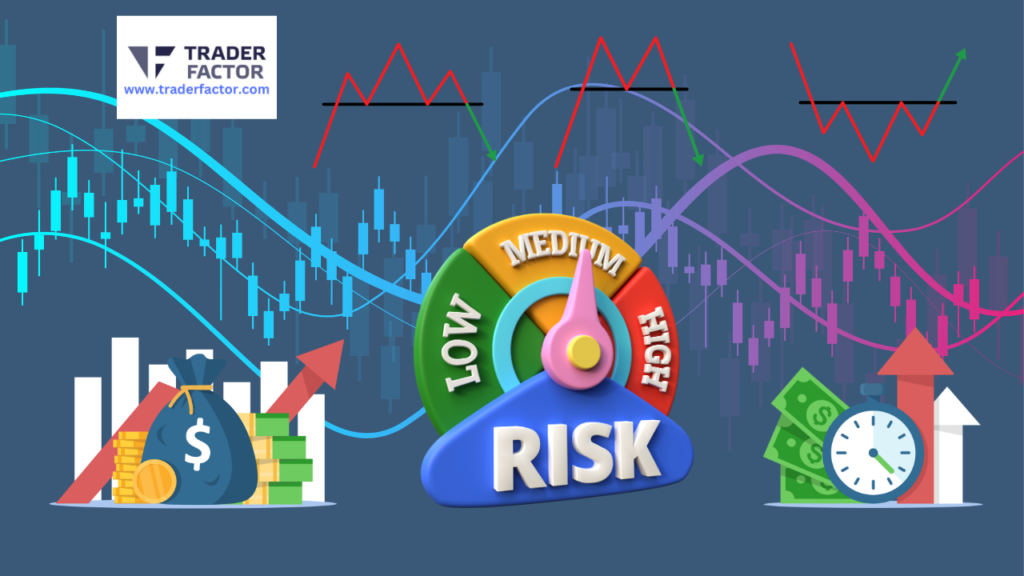
Many traders who use leverage need to fully understand how it works or the potential risks involved. This can lead to costly mistakes and losses. Here are some of the main risks associated with leverage trading:
Increased Volatility
The crypto market is already known for its high volatility. Leverage trading only amplifies this risk. With leverage trading, even small price movements can significantly impact your investment.
Margin Calls
When you use leverage to trade, you essentially borrow money from the exchange or broker. If your position goes against you, you may receive a margin call requiring you to deposit more funds to keep your position open. If you fail to do so, your position may be automatically closed out at a loss.

Higher Fees
In addition to interest charges on borrowed funds, many exchanges charge higher fees for leveraged trades.
Limited Control
When using leverage, you have less control over your investment than if you were trading with your own funds. This is because the exchange or broker may force liquidation of your positions if necessary.
Analysing The Potential Rewards Of Leverage Trading In The Crypto Market
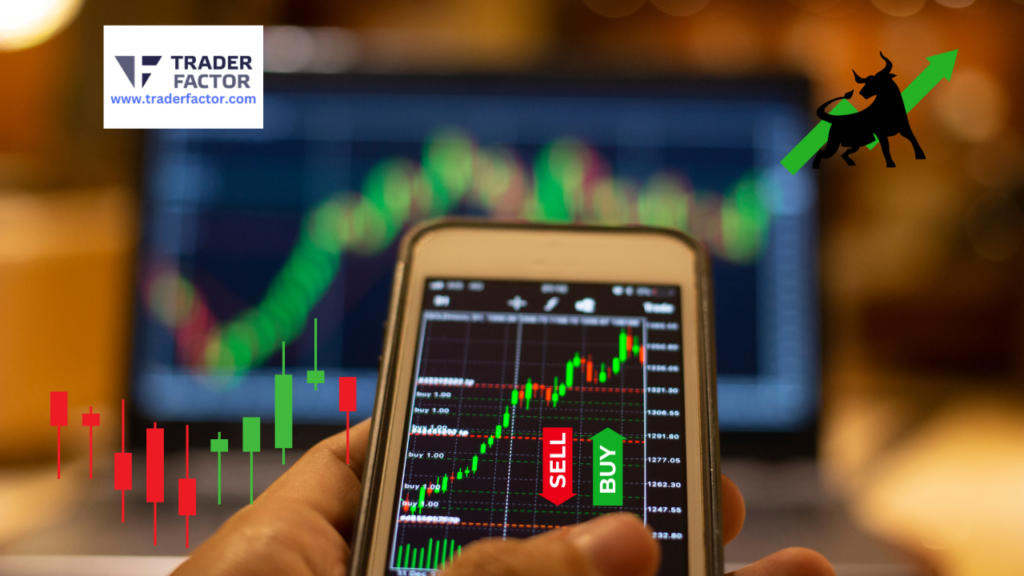
Leverage trading is a popular strategy for traders seeking to amplify their crypto market profits. Here are some of the potential rewards associated with leverage trading:
High Returns
With leverage trading, traders can earn larger profits than they would with traditional trade. This is because they can control more significant positions with less capital.

Diversification
Using leverage, traders can diversify their portfolios and take on multiple trades simultaneously. This allows them to spread their risk across different assets and potentially increase their overall profitability.
Flexibility
Leveraged trades allow traders to enter and exit positions quickly, giving them more flexibility in response to market fluctuations.

Hedging Opportunities
Traders can use leveraged trades as a hedging strategy against other portfolio investments. For example, if a trader holds a long position on one cryptocurrency, they may use leverage to short another cryptocurrency that they believe will decrease in value.
Short Selling
When short selling, a trader borrows a cryptocurrency)from a broker or exchange and immediately sells it on the market. If the asset’s price falls, the trader can buy it back at a lower price and return it to the lender, profiting from the difference.
Different Strategies And Approaches For Managing Risk In Leverage Crypto Trading

The use of leverage also exposes traders to higher levels of risk. Here are some strategies and approaches for managing risk in leverage crypto trading:
Setting Stop-Loss Orders
Stop loss orders are necessary and should be utilised to ensure maximum profitability and peace of mind while reducing losses. These are orders that enable traders to set predetermined points at which they will close a trade if their risk becomes too extreme.
Different methods exist on where to position the stop-loss order. However, it is important to keep in mind one’s risk profile so as not to put oneself in a precarious situation when trading with leverage.
When used properly, stop-loss orders can add another layer of security to an investment strategy while allowing investors the ability to maximize returns on their investments.

Position Sizing
Position sizing is a powerful tool used properly to provide an important layer of protection against the risks of leverage crypto trading. It allows you to determine how much risk you are taking on by managing your exposure to market fluctuations.
By setting a maximum size limit for trades, traders can limit their downside risk while still allowing enough space for potential gains to be realised from successful trades.
Risk/Reward Ratio
The risk/reward ratio in crypto leverage trading is the ratio of the amount a trader stands to gain if a trade is successful compared to the amount the trader can afford to lose if the trade is unsuccessful.
A high risk/reward ratio means that the potential profit is greater than the potential loss, while a low risk/reward ratio means that the potential profit is smaller than the potential loss.
Diversification
By investing in multiple cryptocurrencies, traders can spread their risk and avoid over-exposure to any one asset. This strategy is based on the principle of not putting all your eggs in one basket.
By diversifying across different cryptocurrencies, traders can reduce the impact of any losses in any one asset.
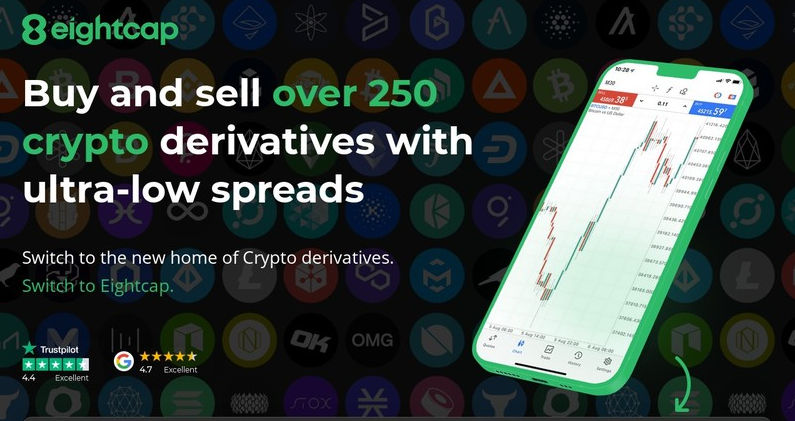
Hedging
By using various derivatives, hedging can be used to offset the effect of unfavourable price changes in the base currency. These derivatives can include futures contracts, swaps and options, among others.
Depending on how aggressive or conservative an approach a trader wants to take, their hedging strategy will vary accordingly.
For example, closely monitoring peaks and troughs of the market may be beneficial in more volatile markets as opposed to deploying stop-loss orders when trades don’t go in favour of the trader.
Risk Management Plan
Some exchanges offer risk management tools, such as margin calls and liquidation processes, that can help traders manage risk. For example, a margin call is a process where an exchange automatically closes out a trader’s position if they have insufficient funds to cover their margin requirements.
By using risk management tools, traders can limit their losses and avoid being caught off guard by sudden market movements.

Using Leverage Wisely
Using leverage amplifies potential profits, but it also amplifies potential losses. Therefore, starting with a small leverage ratio, such as 2:1 or 3:1, is advisable to minimise the risk of significant losses.
This allows traders to get comfortable with leverage trading and gain experience before using higher leverage ratios.

Using Technical Analysis
Technical analysis involves analysing charts and price patterns to identify trends and potential price movements. By using technical analysis, traders can make more informed trading decisions.
For instance, traders can use technical analysis to identify key support and resistance levels and make decisions based on these levels.
Impact Of Leverage Trading On The Overall Crypto Market
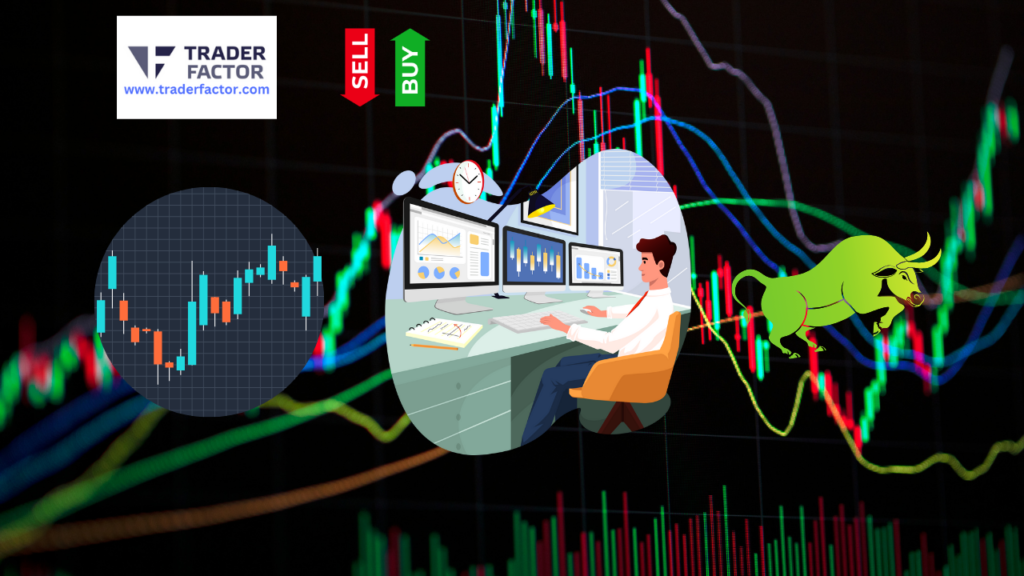
The impact of leverage trading on the overall crypto market can be significant. It is important for regulators and industry stakeholders to carefully monitor its effects on the overall crypto market.
Hence, they will ensure fair practices and transparency to maintain a healthy and sustainable crypto market for all participants.
Here are some ways in which leverage trading can affect the market:
Volatility
Leverage trading can amplify price movements in both directions, leading to increased volatility in the market. This means that sudden price swings can occur more frequently, potentially causing panic among traders and investors.

Liquidity
Leverage trading can increase crypto market liquidity, allowing traders to enter and exit positions quickly. This can be beneficial for traders looking to buy or sell large amounts of cryptocurrencies without significantly affecting their prices.
Market Sentiment
Leverage trading can amplify existing market sentiment, both positive and negative. If traders are bullish on a particular cryptocurrency, leveraged positions may increase their confidence and lead to even more buyers entering the market.
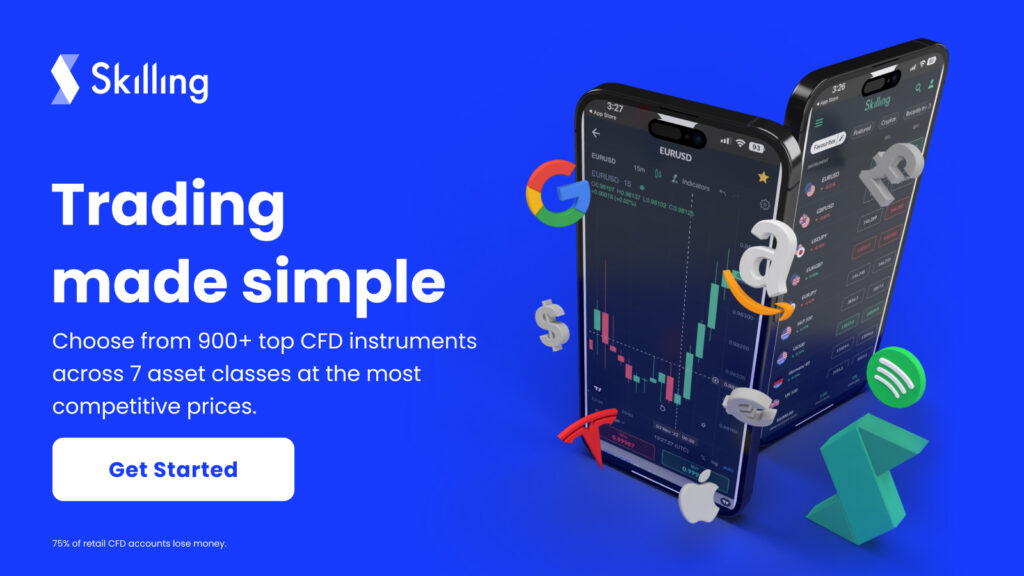
Conversely, if a sudden price drop occurs in the crypto market, leveraged traders may panic and sell their positions quickly to minimise losses. This could lead to a cascading effect where other traders also sell out of fear, causing prices to decline further.
Market Manipulation
Using leverage trading can also lead to market manipulation by large traders or institutions with significant capital. These actors may use leverage to artificially inflate or deflate the price of a cryptocurrency, leading to unfair advantages over smaller traders.
Increased Trading Volume
Leveraged trades typically involve higher volumes than traditional trades, which can lead to increased overall trading volume in the crypto market.

Bubbles
Bubbles in crypto leveraging occur when the market experiences a rapid increase in the price of cryptocurrencies, often driven by hype or speculation.
This can lead to a situation where investors and traders begin to enter leveraged trades with the expectation that prices will continue to rise indefinitely.
However, as more and more traders enter these positions, the market becomes increasingly overbought, leading to a potential correction or crash.
When this occurs, leveraged traders may be forced to liquidate their positions quickly, potentially exacerbating the decline in prices.
FAQS
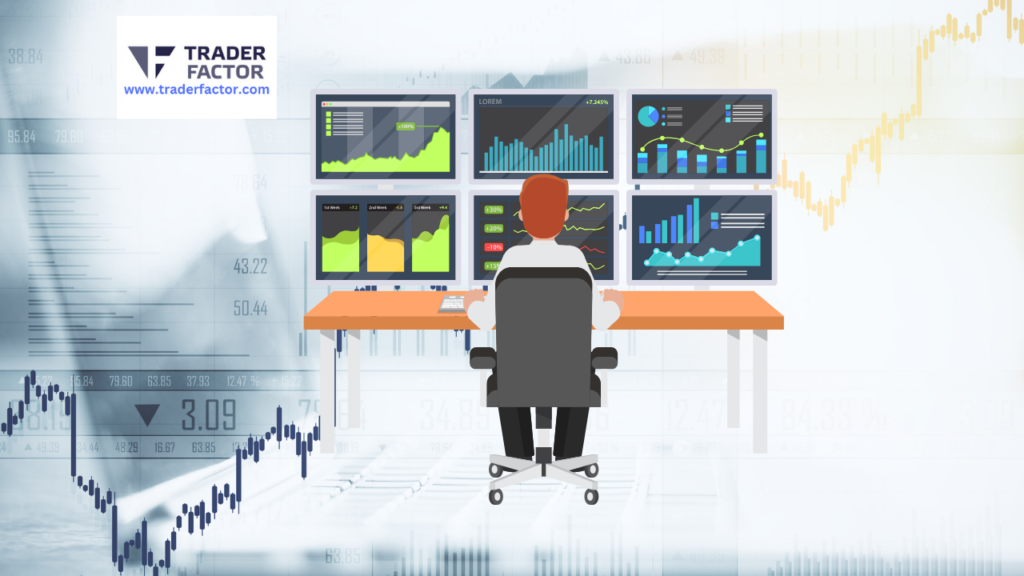
What Is Leverage Crypto Trading?
Leverage crypto trading involves borrowing funds to amplify potential profits in cryptocurrency trading. It is a high-risk, high-reward trading strategy that exposes traders to higher levels of risk.
What Is The Best Leverage Ratio For Crypto Trading?
It depends on your risk tolerance and experience level. Still, starting with a low leverage ratio, such as 2:1 or 3:1, is generally advisable to minimise the risk of significant losses.
How Do I Choose The Right Crypto Broker?
It is important to consider factors such as the broker’s reputation, security measures, fees, available trading pairs, and customer support. Traders should conduct research, read reviews, and compare different brokers before deciding.

How Do I Manage Risk When Leveraging Trading Crypto?
You can use strategies such as starting with small leverage, setting stop-loss orders, diversifying your portfolio and using technical analysis. You should also avoid emotional trading by using risk management tools and a reputable exchange.
How Do I Avoid Getting Liquidated When Leveraging Trading Crypto?
You can maintain adequate margin levels, set stop-loss orders at appropriate levels, avoid over-leveraging your trades, and monitor the market closely for sudden price movements. Additionally, choose a reputable exchange that offers risk management tools.
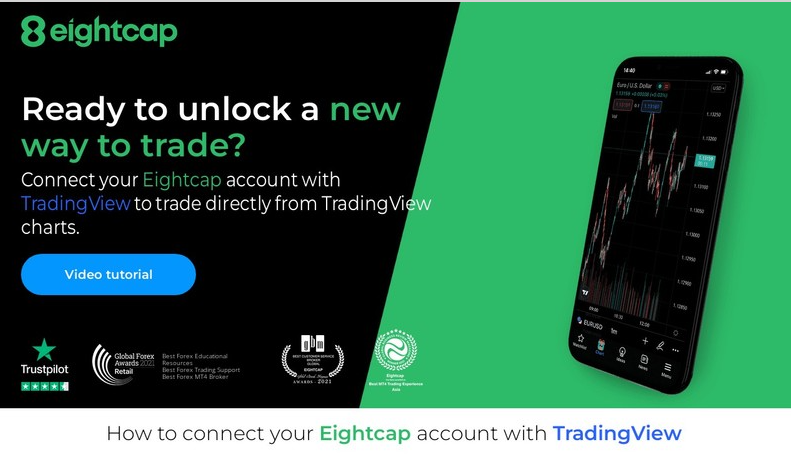
Conclusion
Leverage trading allows you to trade using borrowed funds, which can increase your buying power. In other words, you can open a larger position than your own capital would allow. This means that you can make larger profits than traditional trading with the same amount of capital.
However, there is also an increased risk of loss when using leverage due to the greater volatility associated with leveraged positions. Margin, futures, and options trading are the most common types of leverage in crypto trading.
Traders should carefully consider their risk tolerance and trading strategy before using leverage and always use stop-loss orders to manage their risk.
While leverage trading can be profitable in the crypto market, it is important to understand and manage the associated risks carefully. It is recommended that traders educate themselves thoroughly before engaging in leveraged trades.
Always use proper risk management techniques such as stop-loss orders and diversification of investments. Use this guide to help you find the right balance of risk and reward for your trading style. And be sure to check out all the latest news, tips, and information on trading cryptocurrency.
Disclaimer:
All information has been prepared by TraderFactor or partners. The information does not contain a record of TraderFactor or partner’s prices or an offer of or solicitation for a transaction in any financial instrument. No representation or warranty is given as to the accuracy or completeness of this information. Any material provided does not have regard to the specific investment objective and financial situation of any person who may read it. Past performance is not a reliable indicator of future performance.
Author
-

Phyllis Wangui is a Financial Analyst and News Editor with qualifications in accounting and economics. She has over 20 years of banking and accounting experience, during which she has gained extensive knowledge of the forex, stock news, stock market, forex analysis, cryptos and foreign exchange industries. Phyllis is an avid commentator on these topics and loves to share her insights with others through financial publications and social media platforms.
View all posts






